|
One of the many reasons people seek babywearing help is because they are unable to get their carrier comfortably adjusted. Babywearing should not be painful or uncomfortable for anyone! There is a carrier option (style, position, etc) that should work for you, but it may take a little "tweaking" to get things just right. Many people assume that means changing something about the carrier, but it can also mean changing our posture, or even a combination of the two.
To help us learn more about babywearing and posture, I interviewed Dr. Dara Lynne DaCunha.Dr. DaCunha is a chiropractor, doula, professional babywearing educator, and a mother of two. Her practice in Scottsdale, Arizona focuses on pregnancy, postpartum, and infant care. Dr. Dara is known for her treatment protocols with infants and feeding issues through chiropractic care and various forms of body work. Her experience as a personal trainer and yoga instructor support the priority she places on rehabilitating the postpartum body. Q: What is the main consideration about posture when wearing? A: The main thing to consider is your posture! Most caregivers are focused in on child and dismiss their own body, only to pay the price later on. Q: How does posture affect comfort while wearing? A: Well, at first, the majority of wearers won’t even notice they are uncomfortable. Discomfort from suboptimal posture is gradual and varies widely from person to person. Even without wearing a child suboptimal posture can be uncomfortable. Posture is the framework to movement. Q: What are some ways you see people change posture (and therefore are uncomfortable) when they put baby in a carrier? A: Some of the most common ones are rounded shoulders, rounded upper back, forward head posture, and hips pushed forward or to the side. Q: Are there certain carrier types or certain carries (in a wrap) that can be helpful for certain posture problems? A: Yes of course there are! I do believe that (physically) there is a carrier that can fit every caregiver, you just have to find it. A way to narrow down the search for a perfect carry is to think of counter-weight. For instance, if you have a upper torso that rounds forward, than a carry that pulls you upright might be more comfortable and even help correct posture. The carrier type will vary for everyone. Experimenting with different carries is the best way to discover what works for you. Q: What exercises can we use to improve our posture for wearing? A: There are many exercises that can help. One general stretch would be to lay on our backs, flat on the floor. We often don’t spend any time laying flat. We are hunched over a child or bending over our desk, sitting at a computer, staring at our phones, driving. All of these things round our shoulders forward and cause us to slump. Time flat our our back, letting our body relax into the ground. Q: What are some common adaptations or position tweaking suggestions? A: When you stand up straight and look at yourself in a mirror, from the side, your head, shoulder, ribcage, hip, knee, and ankles should all be in one line. Adjust your posture by looking in a mirror, after you have put the carrier on. This will give the wearer an idea of what it feels like to be in optimal posture and eventually it will be a subconscious movement. When you first adjust your posture you may have to adjust the carrier. The pressure points, shoulder height, hip stance will all change and therefore the carrier will fit differently. Slight adjustments are necessary at this point. Some people find, at this point, the new adjustments to the carrier remind them to keep the optimal posture. Q: Are there any circumstances in which you advise avoiding wearing for a period of time? A: There are definitely circumstances in which you should avoid wearing a child. Some cases that could fall into this category are surgeries, acute trauma (physical or psychological), and recommendation by your physician. If you are currently under the care of a physician, please consult them before babywearing. Many thanks to Dr. Dara Lynne for sharing her expertise. Being in tune with our bodies is important to reduce the chance of injury and strain while babywearing!
3 Comments
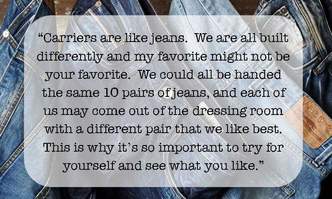 Photo and text by Heather Williams and Rebecca Ticknor from BWI of Greater Houston Photo and text by Heather Williams and Rebecca Ticknor from BWI of Greater Houston "What buckle carrier do you recommend? My friend told me I should get a Tula. She loves hers!" This question has been asked many times! When someone finds a carrier they love, they cannot wait to tell everyone about how awesome it is. Comfortable babywearing is life-changing for a family! So, if your friend has found that her Tula has made such an amazing impact on her life, it makes sense that she would recommend it to you as the BEST carrier. However - no matter much your friend loves her carrier, and no matter how wonderful it might be for her, it may not be the right carrier for you! Every carrier fits differently, and every body (and baby) is different. Would you buy a new cut of jeans without making sure they fit just the way you wanted? Probably not. You try them on, check yourself from every angle, sit down, bend over, and make sure they are the perfect fit. Buckle, or soft-structured carriers are very much like jeans. They might fit your hips, but the shoulder straps might rub under your arm. The panel might be the right height, but the seat might not be deep enough for your (or your baby's) preference. The construction of a buckle carrier means it is adjustable only to a point. There are some things that just cannot be changed, and those are the things that may impact your comfort. Ingredients of a Buckle Carrier There are a few different types of features that contribute to the fit and function of a buckle carrier, and why you may (or may not) like it.
Go to the Fitting Room! When you have a stack of jeans to try, you take them to the fitting room, try them on, and compare. Similarly, the best way to figure out what works for you is to try on a variety of carriers. Most people can tell fairly quickly (as long as the carrier is being used correctly) whether or not a carrier feels good and fits well. Little tweaks in position of carrier and straps do make a big difference, so it helps to have a person knowledgeable about carriers help you. The quickest way to do this is to attend a babywearing group meeting, or to schedule a consultation with a babywearing educator. At a group meeting or a private consultation, you may have access to a wide variety of carriers to try on, and can get assistance with the tweaks and tips that may help you find the right carrier for your body. Just like jeans, when you have found the carrier that fits, you KNOW. And you can buy with confidence, knowing it is the right choice for you and your body! (This post is the third in a series about choosing and using a woven wrap. See Part 1 here and Part 2 here).
Today's post contains "everything you need to know" to make a secondhand wrap purchase. Some benefits of buying secondhand
Some risks of buying secondhand
Where to buy secondhand If you have an active local babywearing community, you may be able to find a wrap you like for sale within your community. Many local babywearing groups allow buying/selling/trading of carriers in their Facebook groups. You might also be able to find a secondhand wrap at a consignment sale or even listed on your local Craigslist. If you cannot find one locally, there are many online options for buying secondhand.
Basic buy/sell/trade group guidelines and etiquette:
Buying a new wrap is great and buying secondhand can also be lots of fun! However, if you are more of a do it yourself type, stay tuned for the next post, about making a DIY wrap. (This blog post is the first in a series about choosing and using a woven wrap.)
So you want to buy a wrap. You have decided you love the versatility and comfort of wrapping, and you want to dive right in. But if you Google “woven wrap” you are overwhelmed with the number of options and do not know where to start. So many photos of sweet babies and curious toddlers, and wrap designs ranging from rainbows, to hearts, to Harry Potter, to flowers, to soccer balls and so much more. How can you choose? Many people (though certainly not all) appreciate starting with a wrap with non-repeating stripes, a change in color from one rail of the wrap to the other, or some other feature that allows one rail to be easily distinguished from the other. This can help people who are new to wrapping keep track of the how the wrap is moving around them while wrapping, and also can assist in guiding proper tightening throughout the wrap. As for a fabric, many people choose (and love) 100% cotton for their first (or only) wrap. There are other fibers and blends available, each with their benefits and drawbacks, but in general, cotton is a wonderful beginner fiber. Here are some brands that are known for their striped wraps or different rails. If you have a favorite wrap company that fits this description and isn’t listed here, please share it!
There are stripes in many different colors and widths, from the brightest rainbow, to the most subtle greys. You are sure to find something you like (hopefully it isn’t discontinued, or out of stock, or in transit - more on this next time). Another great option is to buy a solid color wrap, or make a DIY wrap some Osnaburg or other woven fabric, and then dye along one or both rails so you can keep track of them. Stay tuned for the next post, all about where and how to buy! 4/22/16 Adding links for the other segments in this series. Part 2 - where to buy a new woven wrap Part 3- where and how to buy a secondhand woven wrap Part 4 - how to make a DIY woven wrap 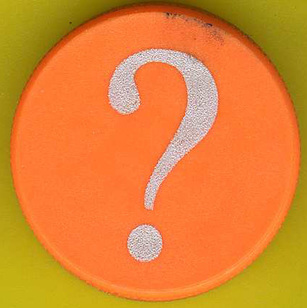 Used under the Creative Commons license through Flickr. Photography by cesar bojorquez Used under the Creative Commons license through Flickr. Photography by cesar bojorquez The is one of the most common questions about babywearing. It's a natural question. You want the BEST for your baby! You want to know what will be comfortable for you, what the baby will like best, and you do not want to waste time or money on a carrier that doesn't work well for you. The short answer? It depends! It depends on a number of things. And those things are so specific, that what is best for you and your baby may be very different from what is best for your friend and her baby. So, personal recommendations (or lists of "BEST baby products") are often not very helpful The long answer? The best carrier (for you) is the one that fits you, fits your baby, and fits your wearing needs. So how can you figure out what will work best for you? The usual answer is trial and error, whether that is through trying things out at a private consultation with a professional educator's guidance, trying out carriers from a local babywearing group's learning or lending library, or purchasing a carrier (or two, or three, or more) on recommendation from a friend and hoping it will meet your needs. Who has time for that!? You can be more efficient by thinking about how you might answer these questions:
After answering these questions, you can narrow your options considerably. The best strategy will still be to try on some different carriers, but considering your answers above will help guide what are likely to be good options for you. |
AuthorBeth. The babywearing lady. Archives
May 2017
Categories
All
all content
copyright 2016 Beth Secrist All photos used under the Creative Commons license through Flickr. Photography by: littletuesday12 |

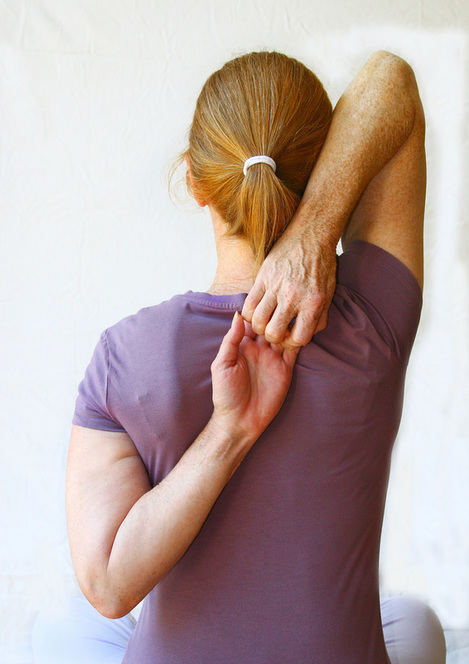
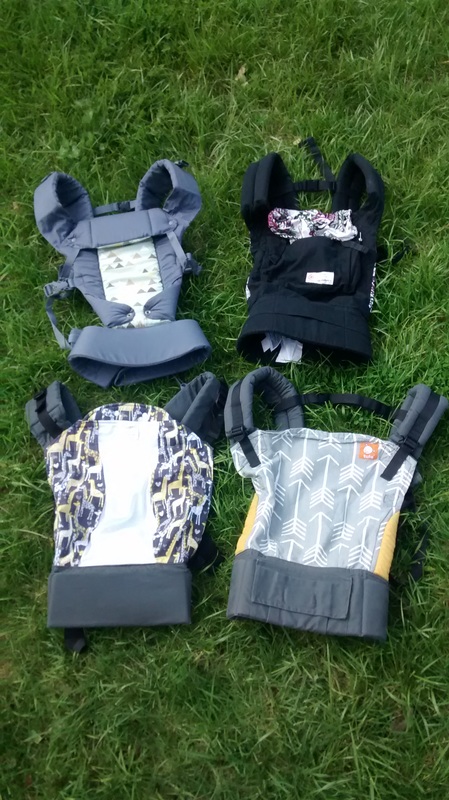
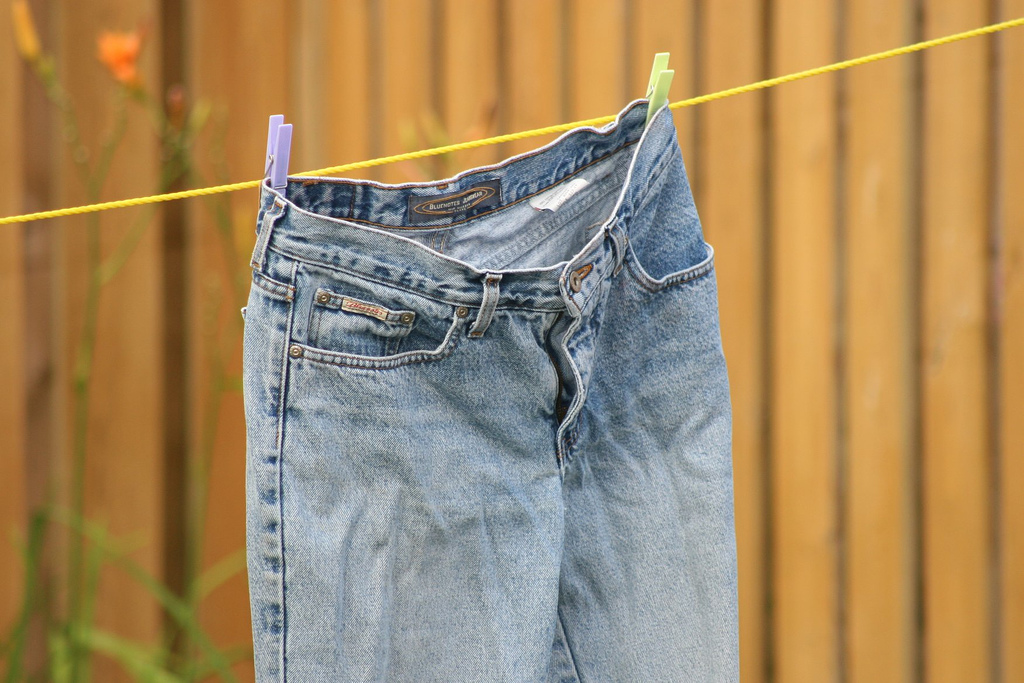

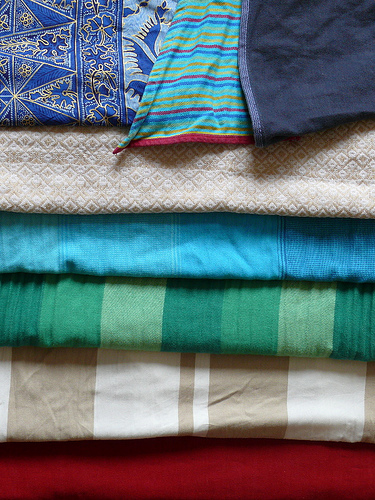
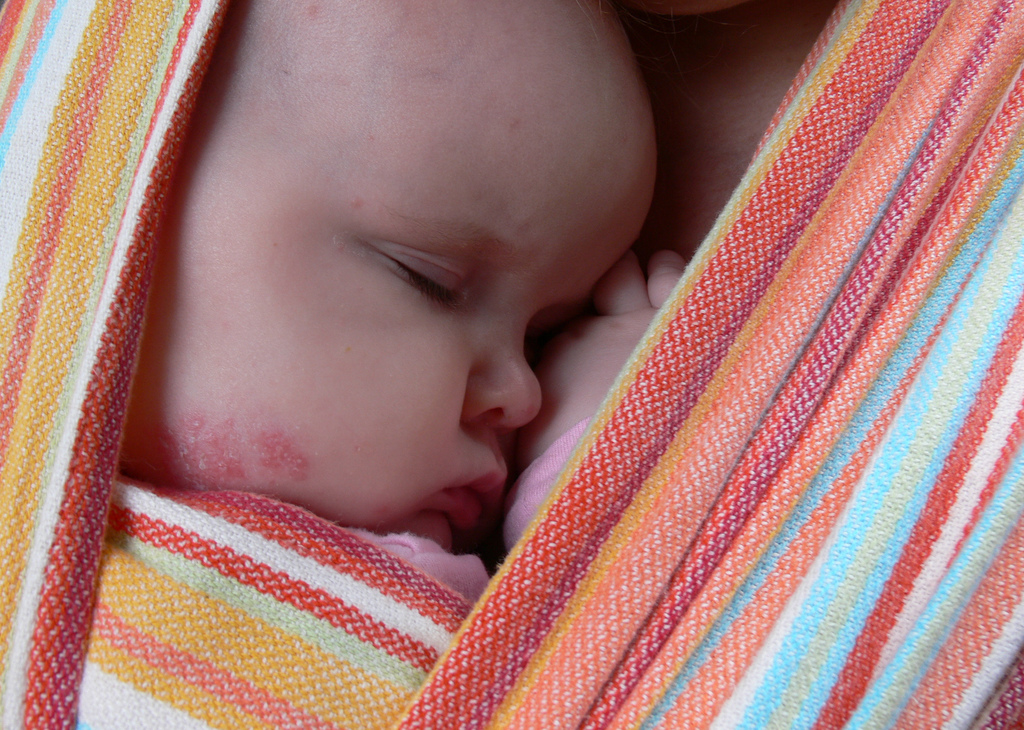
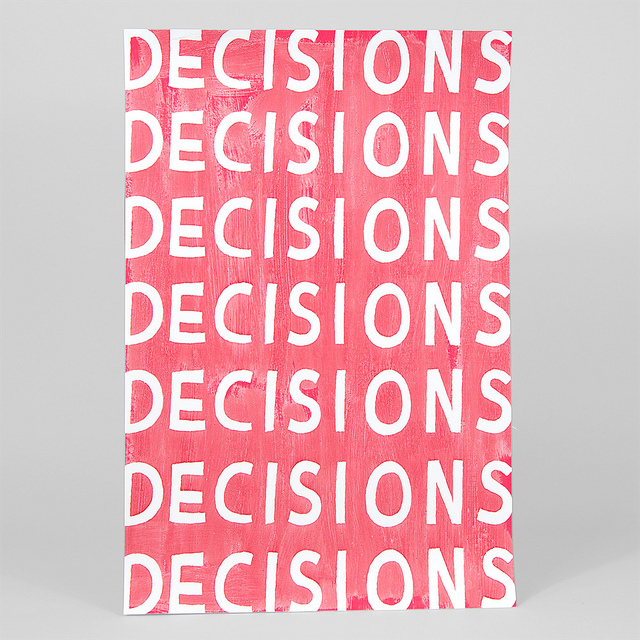
 RSS Feed
RSS Feed